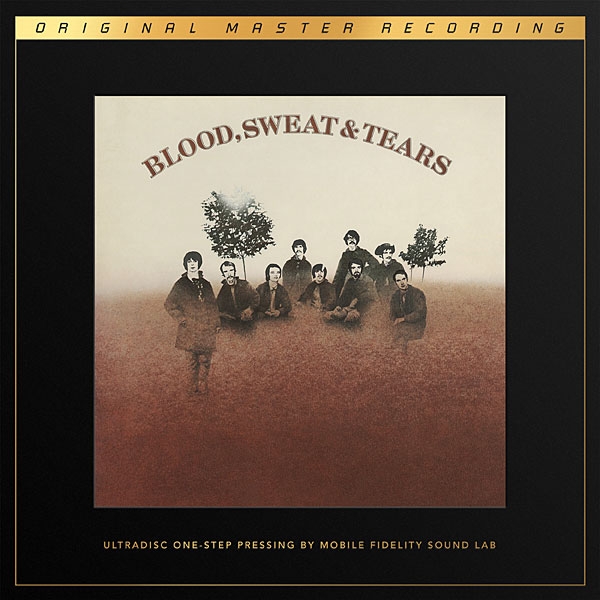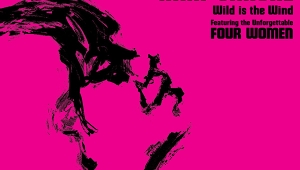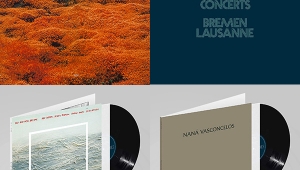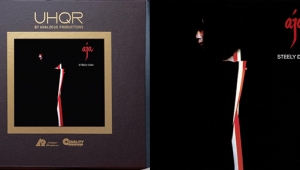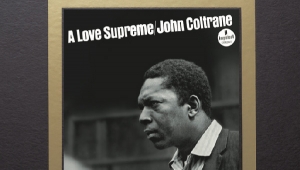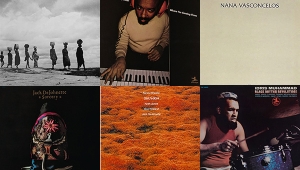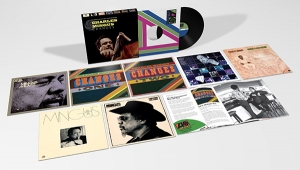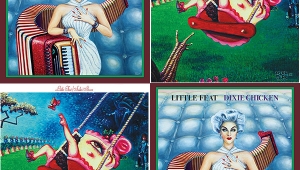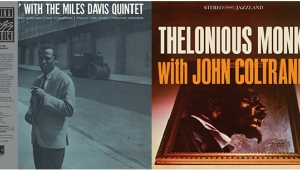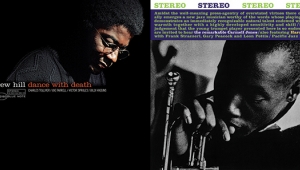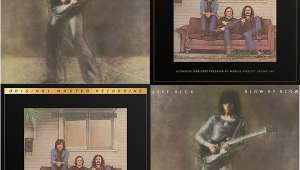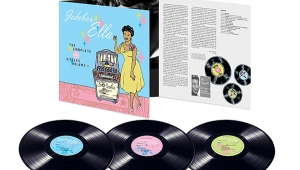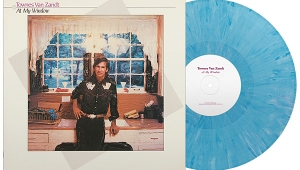| Columns Retired Columns & Blogs |
when I graduated college. It was one of my room mate's records, so I couldn't take it with me. When I say "wore out" I mean in the metaphorical as well as, perhaps, the physical sense. The one thing I remember the record had going for it was that it seemed to have been exquisitely recorded. From that perspective, it always was a pleasure to listen to. I'm ambivalent now about springing for a re-issue for fear it might still be "worn out" for me. But, I can't say I'm not tempted.
